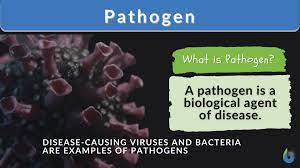AP Biology Unit 8 Terms
1/90
Earn XP
Description and Tags
Name | Mastery | Learn | Test | Matching | Spaced |
|---|
No study sessions yet.
91 Terms
Ecology
Study of environment (including animals and how they behave with their surroundings).
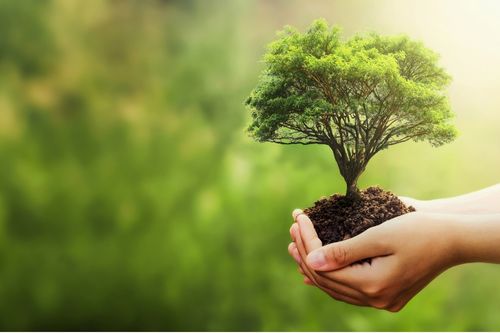
Behavioral Ecology
He study of how behaviors arise due to ecology and evolution.
Behavior
All the ways animals interact in response to an internal and external stimulus.
Stimulus
Anything that causes a response or reaction.
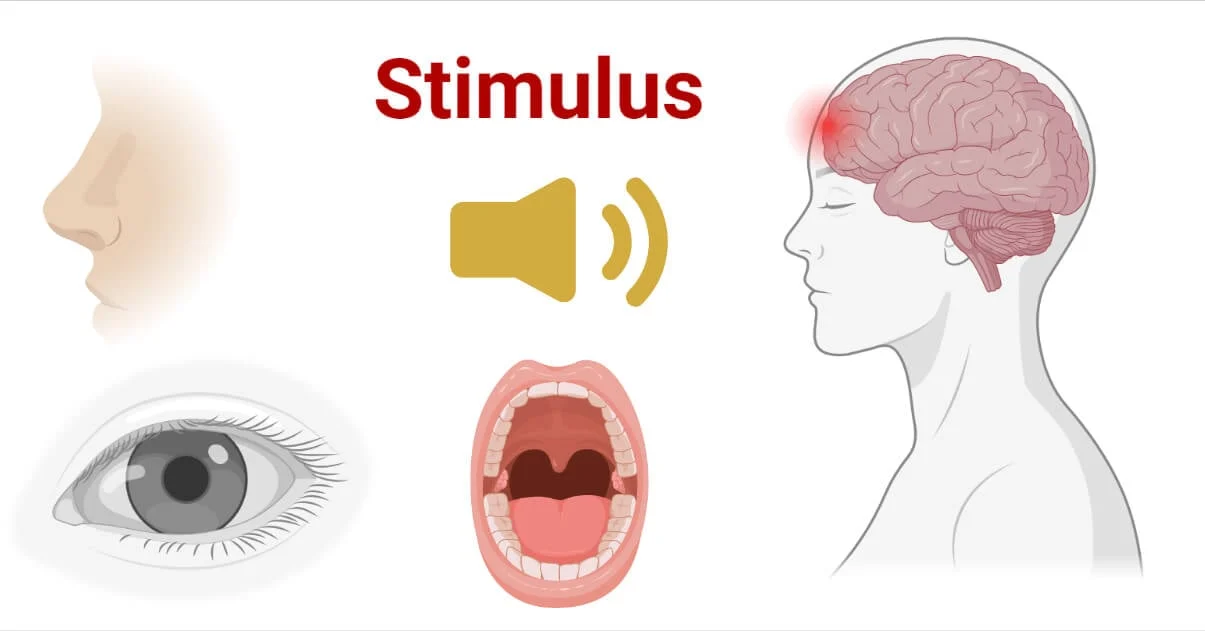
Nature
Genetic, evolutionary
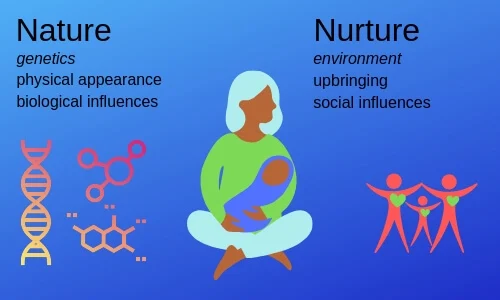
Nurture
Environmental (external factors)

Causation
What triggers a behavior?
What molecules and body parts are involved?
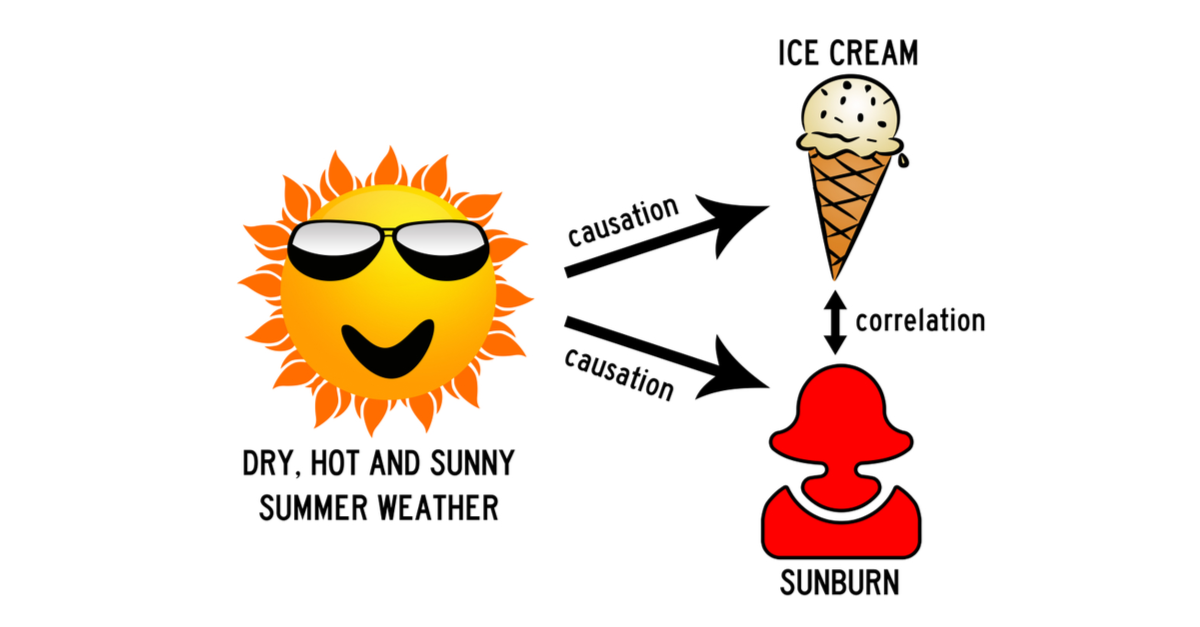
Development
Is it early in life?
Does it change?
Are there necessary experiences?
Function
Does it change changes of survival/reproduction?
Phylogeny
How does the behavior relate to another species? What is the evolutionary history?
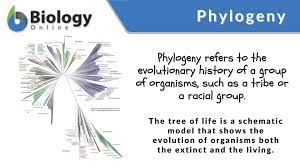
Learned Behaviors
Influenced by the environment/other organisms.

Innate Behaviors
Fixed - born with the behavior.

Signal
From one animal to another
Pheromones
Hormones from other organisms
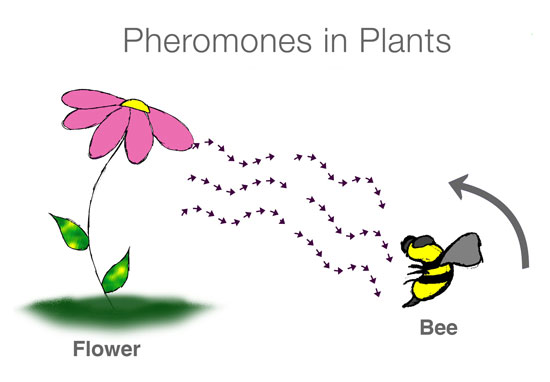
Stimulus Response Change
Responding to another animal like mating dance
Kinesis
Random movement near a stimulus
Taxis
Movement towards stimulus (positive) or away from stimulus (negative)
Phototaxis
Movement in response to light
Chemotaxis
Movement in response to chemical signals
Geotaxis
movement in response to gravity
Imprinting
A long-lasting behavioral response to an individual

Spatial Learning
Establishing memories based upon the spatial structure of the animal’s surroundings
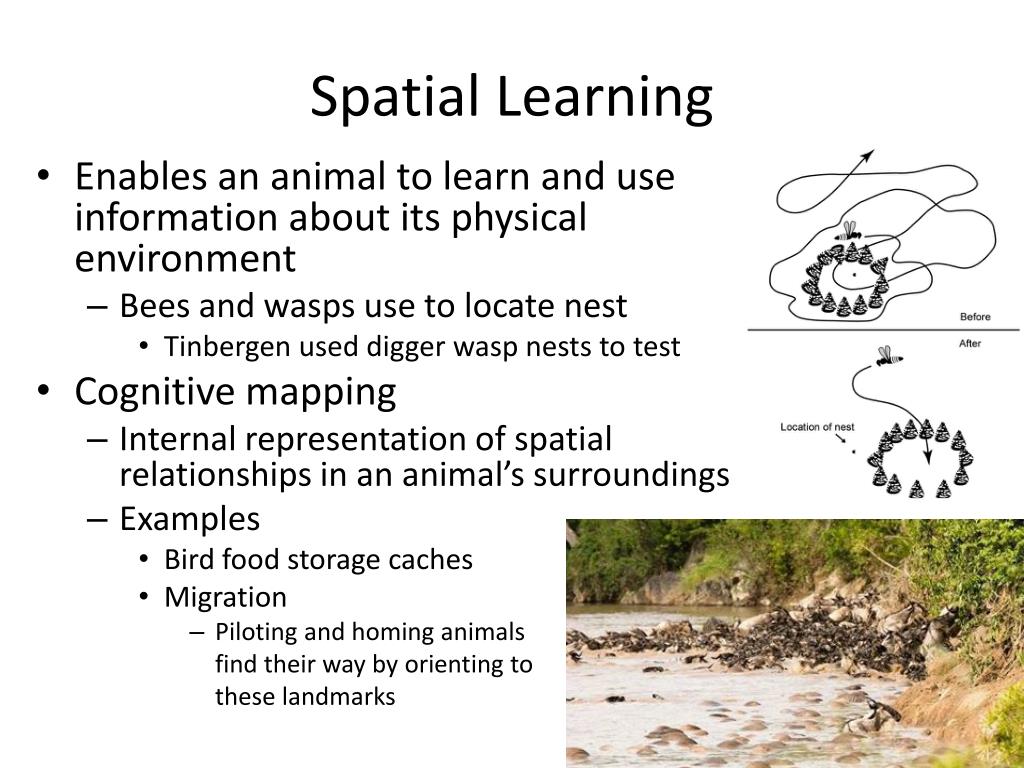
Associative Learning
The ability to associate one environmental feature with another
Social Learning
Learning through observations and imitations of the observed behaviors
Proximate Cause
How an animal behaves; looks at immediate cause of behavior
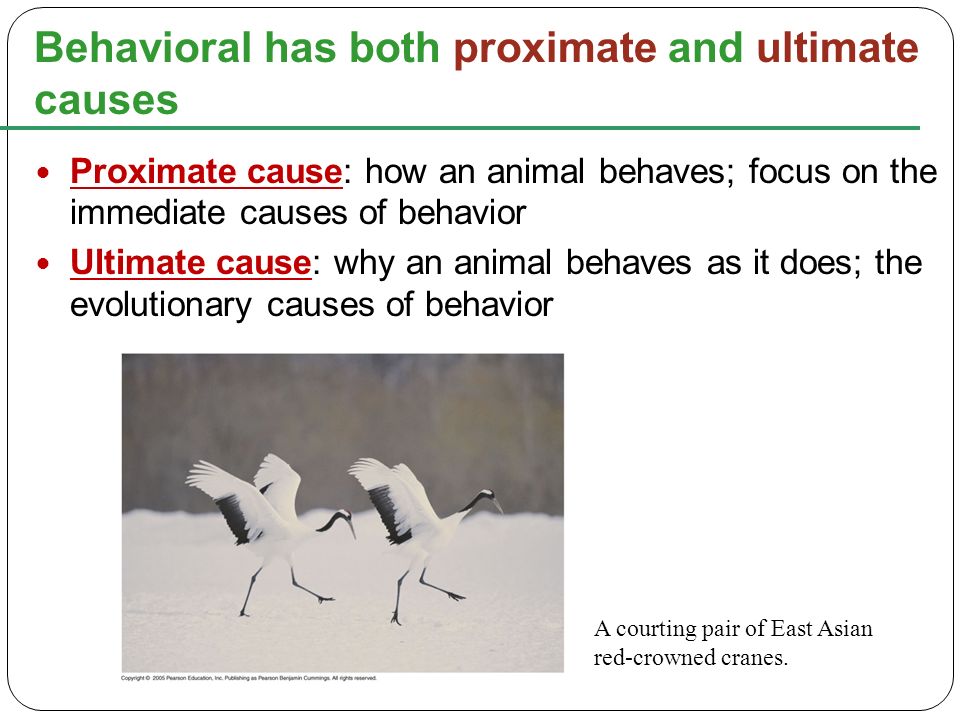
Ultimate Cause
Why a behavior occurs
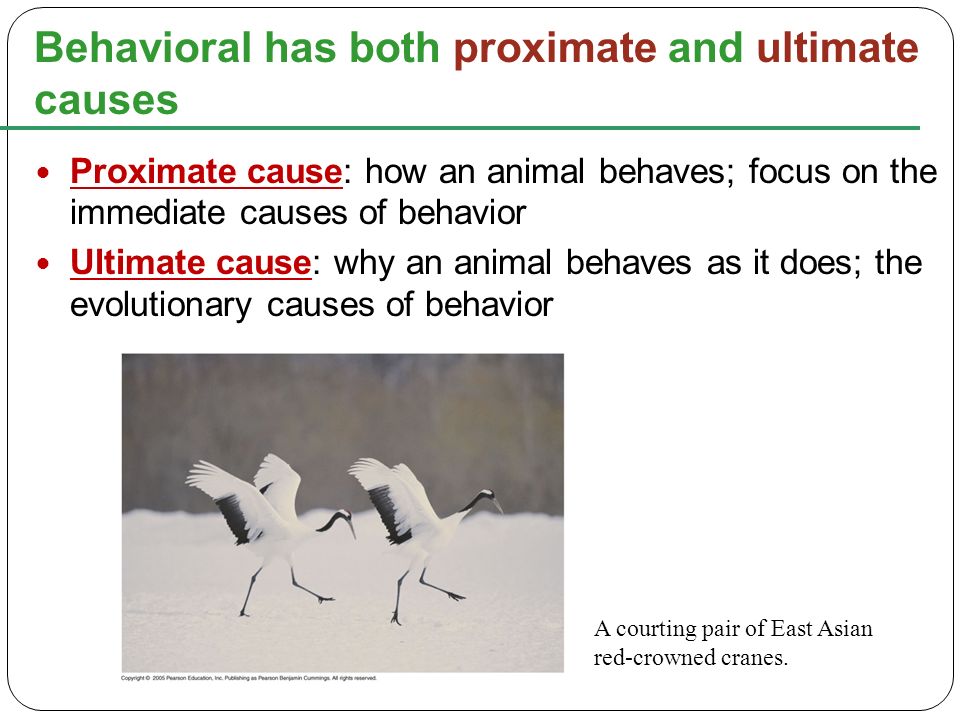
Fitness
Chances at survival and reproduction
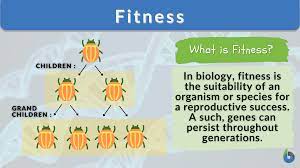
Hibernation
A state that certain animals enter to save energy. Hibernation is characterized by considerable reduction in metabolic activity and lowered body temperatures.
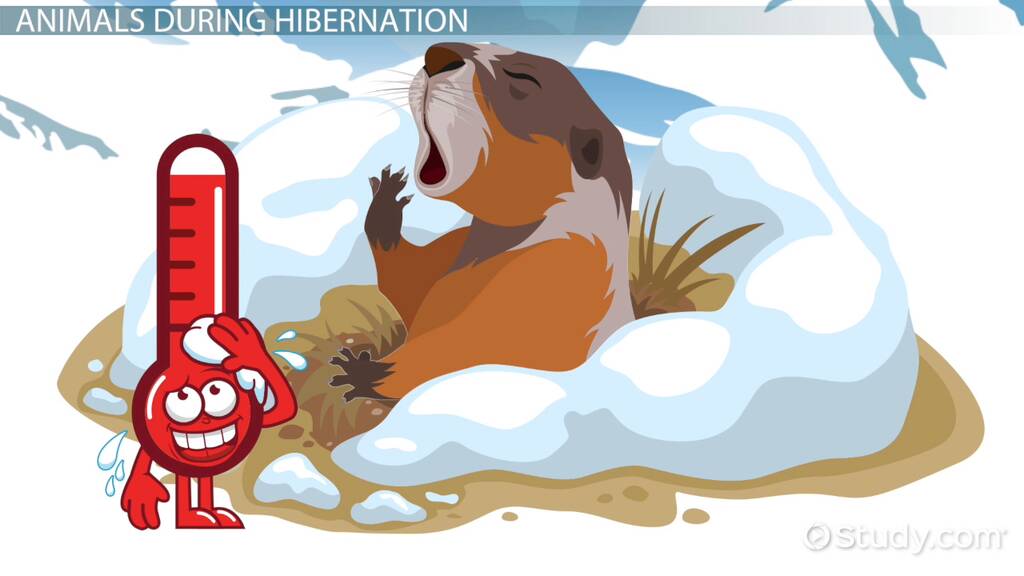
Estivation
A state where some animals go through dormancy or lack of activity during the warm, arid season.
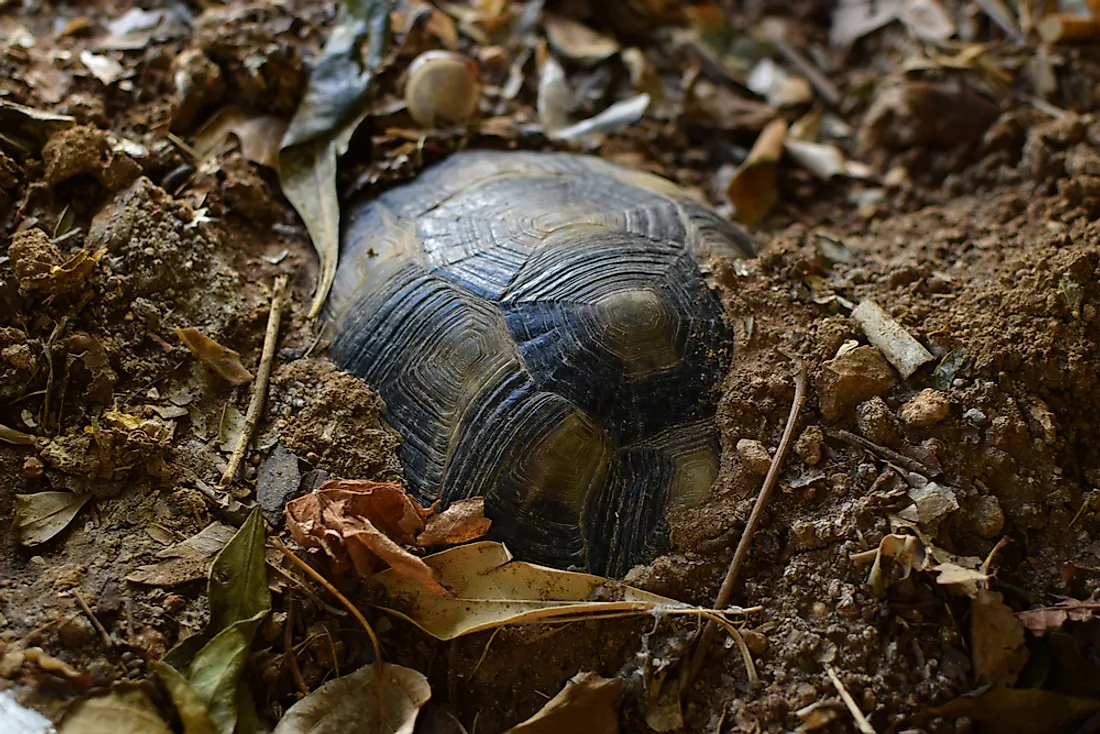
Migration
A behavior in which animals move from one location to another in a seasonal pattern.
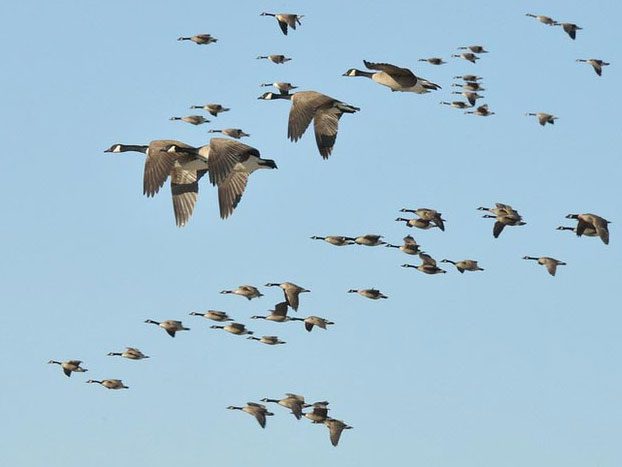
Circadian Rhythm
Trigger by internal clock.
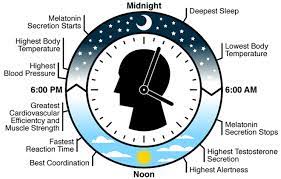
Mating Behaviors
Internal + external cues
Internal Cues
Hormones
External Cues
Opposite sex is around
Foraging
Food obtaining behavior
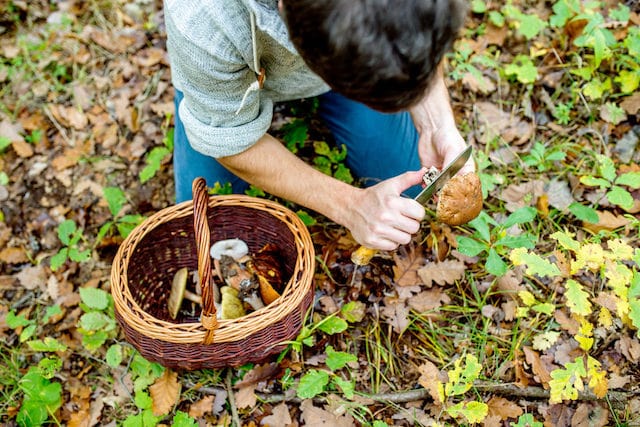
Altruism
Selfless behavior
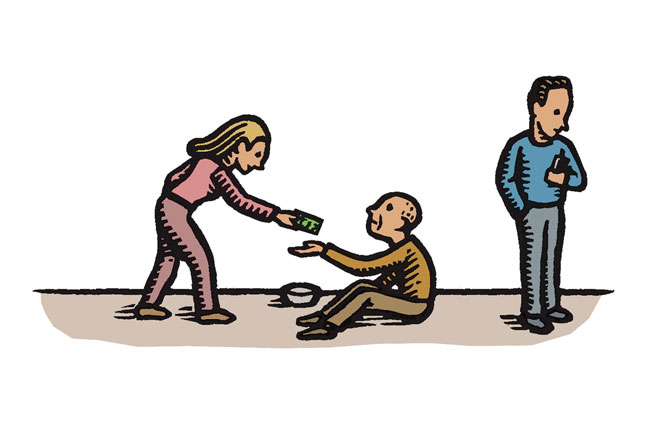
Phototropism
A directional response that allows plants to grow towards (and in some cases away from) a source of light

Photoperiodism
Allows plants to develop in response to day length; plants flower only at certain times of the year
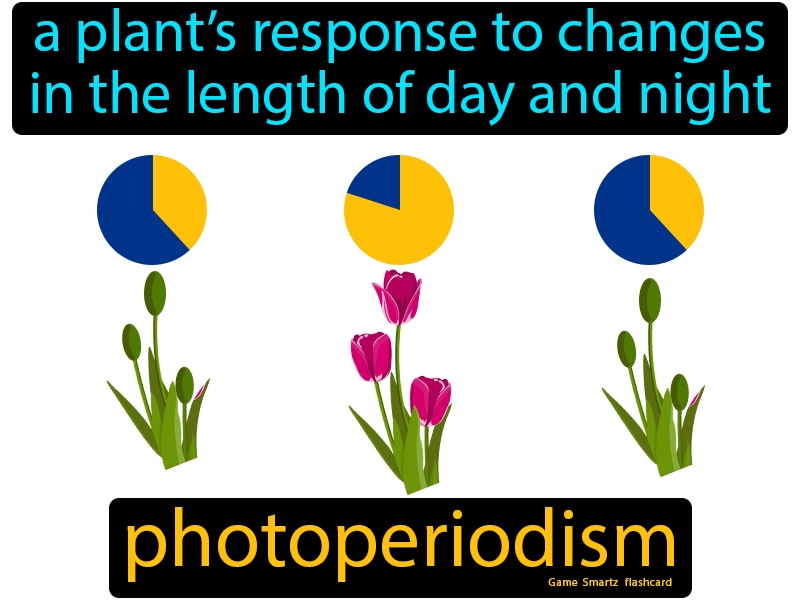
Physical Defenses
Thorns, trichomes (small plant like hairs)

Chemical Defenses
Production of toxic or distasteful compounds
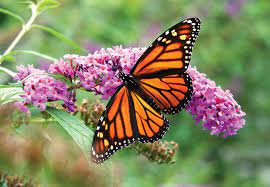
Learning
The modification of behavior based on specific experiences
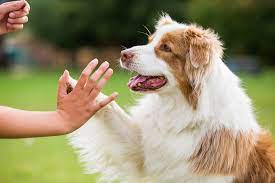
Fixed Action Patterns (FAPs)
A sequence of unlearned acts directly linked to a stimulus
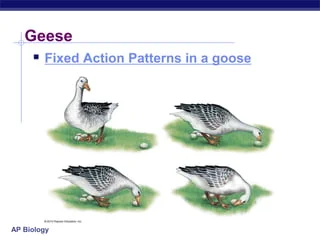
Autotrophs
Makes energy on their own through light or chemicals
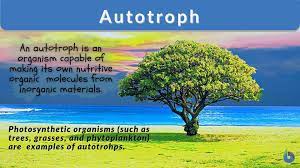
Heterotrophs
Needs other organisms to make energy
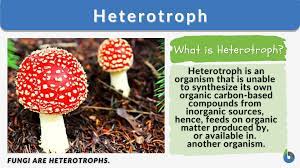
Chemoautotrophs
Uses chemicals to make energy
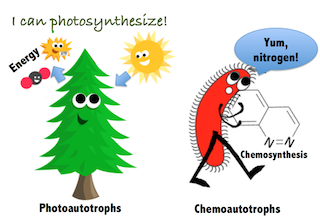
Photoautotrophs
Uses light
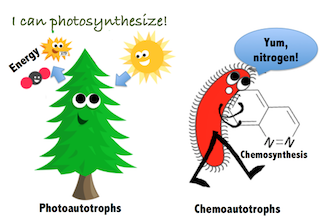
Saprotrophs
Externally digest organisms via enzymes and absorption
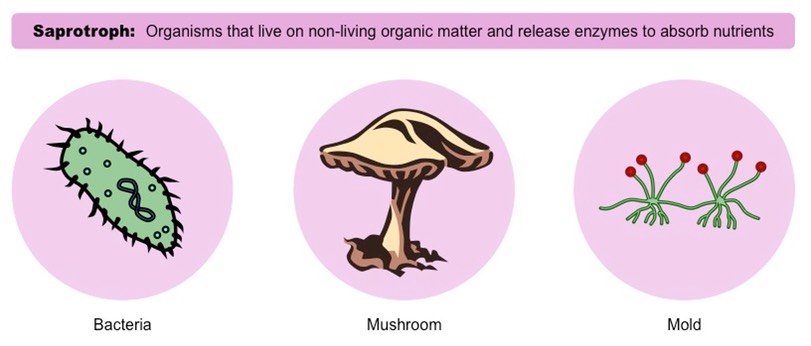
Detritvores
Eats waste of other animals

Consumers/Parasites
Feed on other consumers
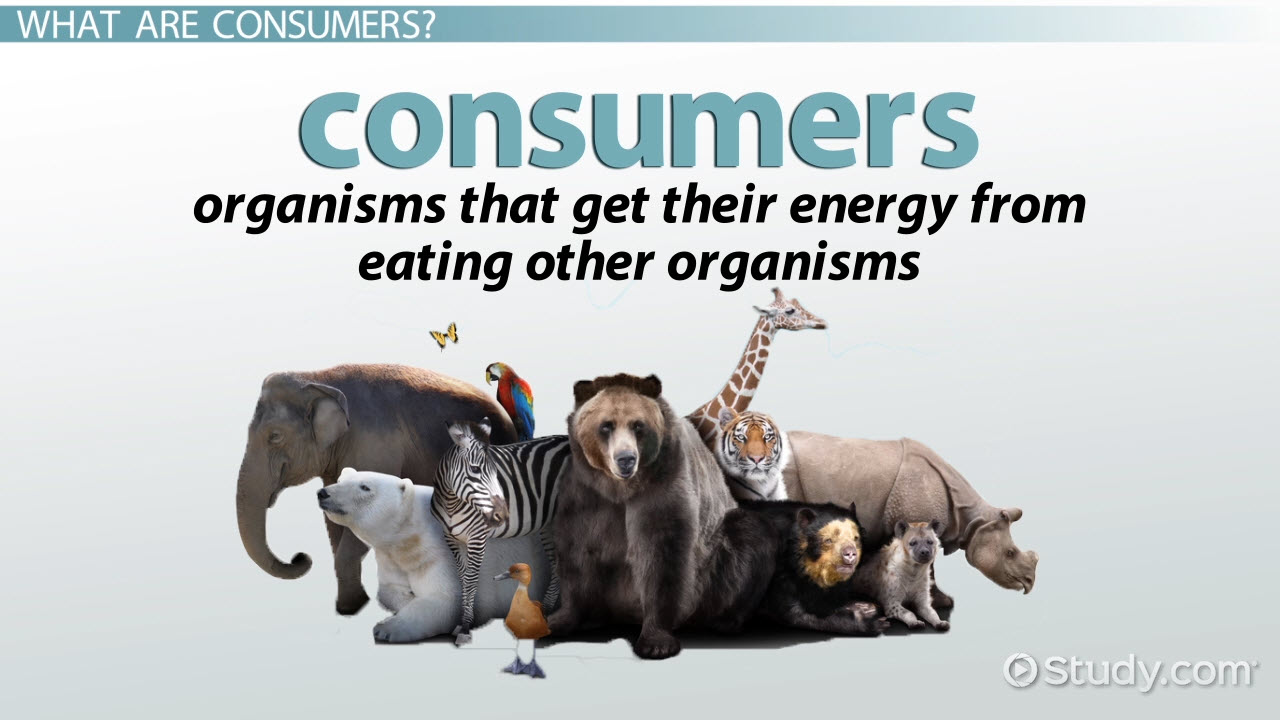
Metabolism
Sum total of all the biochemical reactions in an organism’s body (to make or use energy)
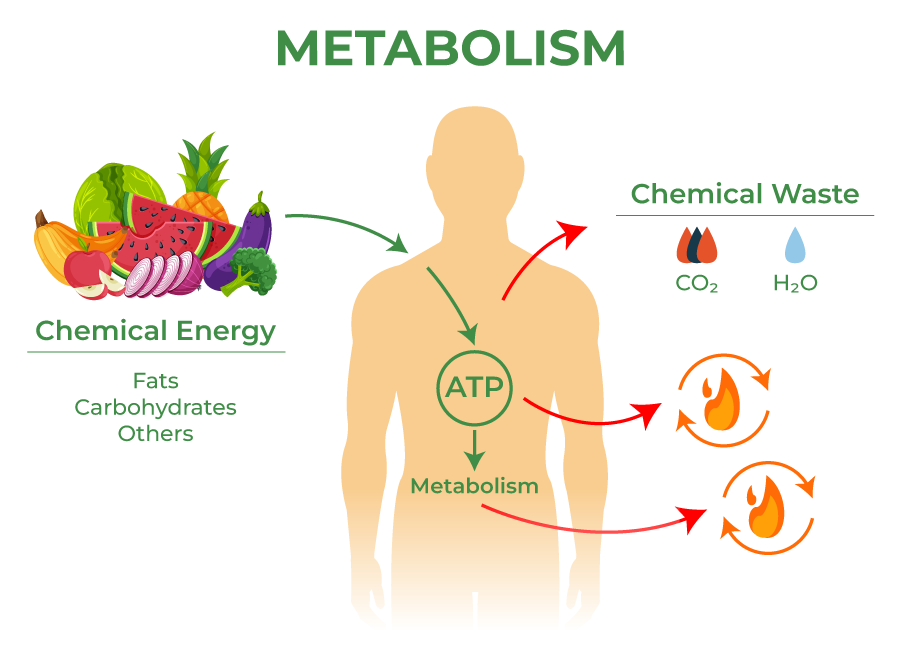
Anabolism
Using energy to build molecules

Catabolism
Making energy by breaking down molecules

Metabolic Rate
How much energy is used. ALWAYS taken when the organism is not active, is at rest, and in a good environment. Determines how much food to consume to maintain body at a constant mass.
Endotherms
Use the heat from own (inside) metabolism to control inner temperature (measured through BMR)

Ectotherms
Relies on the outside/environment to control their internal temperature (measured through SMR)

Food Chain
Series of nutrient flow from organism to organism
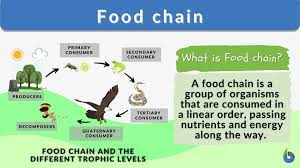
Food Web
Many intersecting food chains
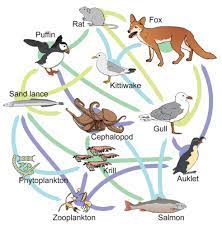
Trophic Pyramid
Illustrates movement of nutrients and energy

Law of Thermodynamics
Energy cannot be made
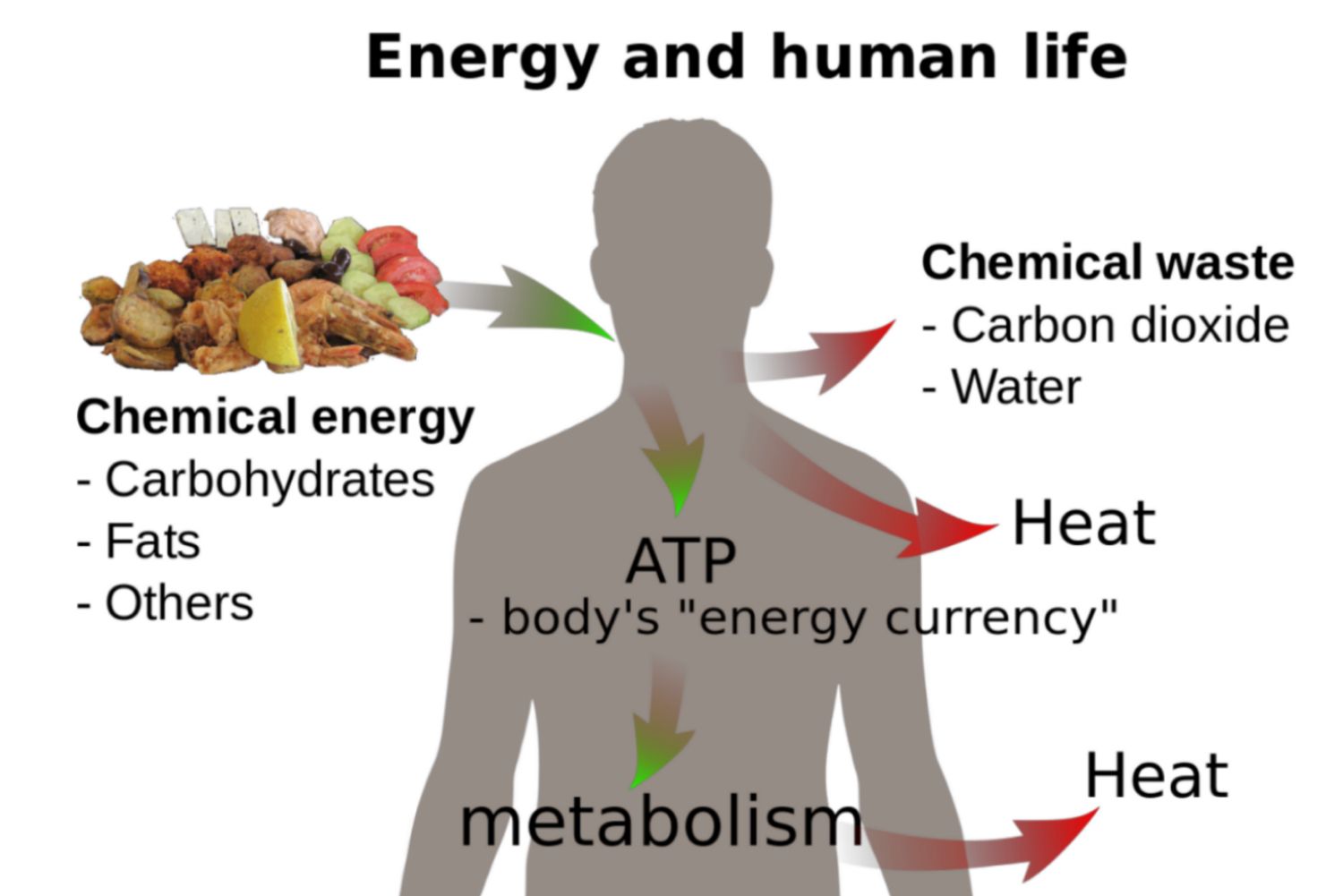
Population Dynamics
How populations change in size over time
Carrying Capacity
Maximum amount of individuals in a population due to resource
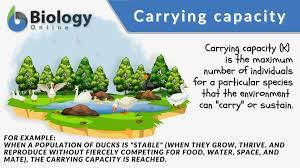
Intraspecific Competition
Competition within the same species
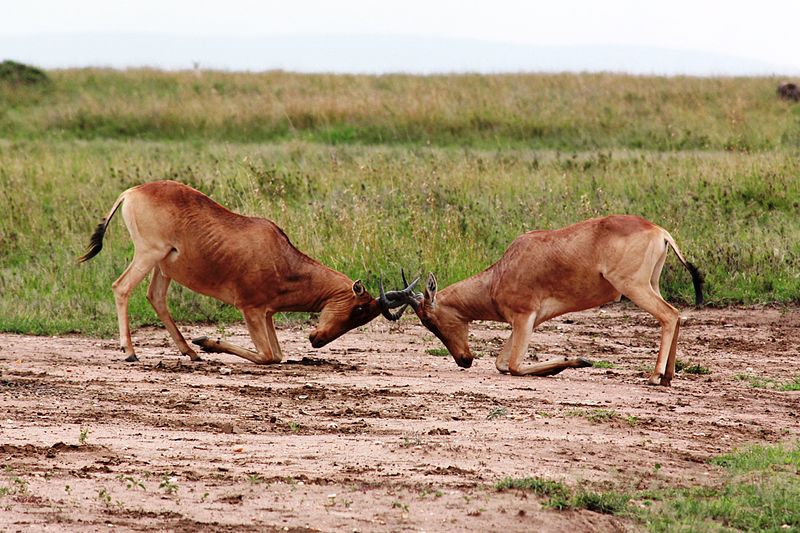
Species Richness
The # of different species in the community
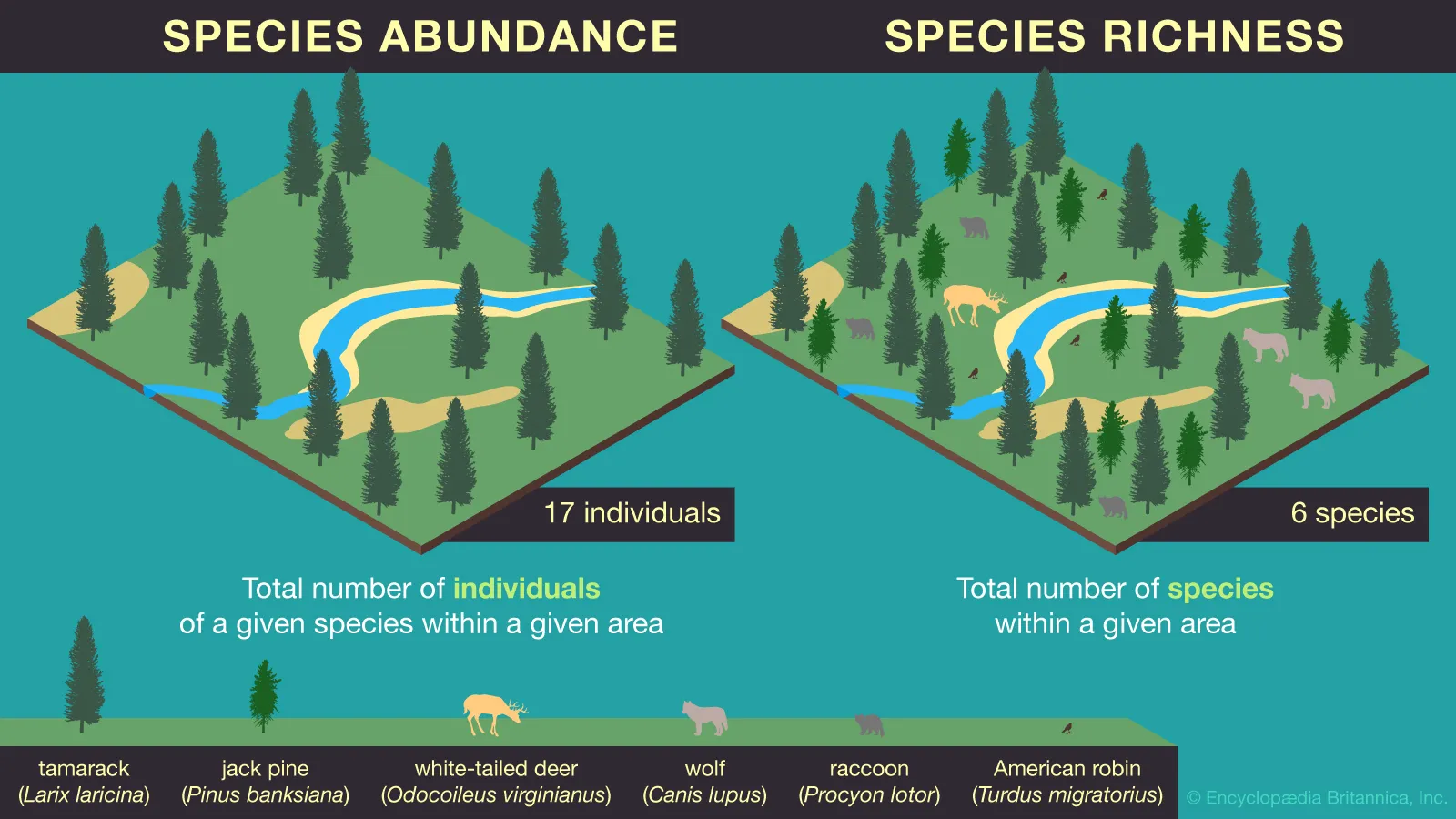
Species Diversity
Complexity of the community (# of species + # of how many is in each species)
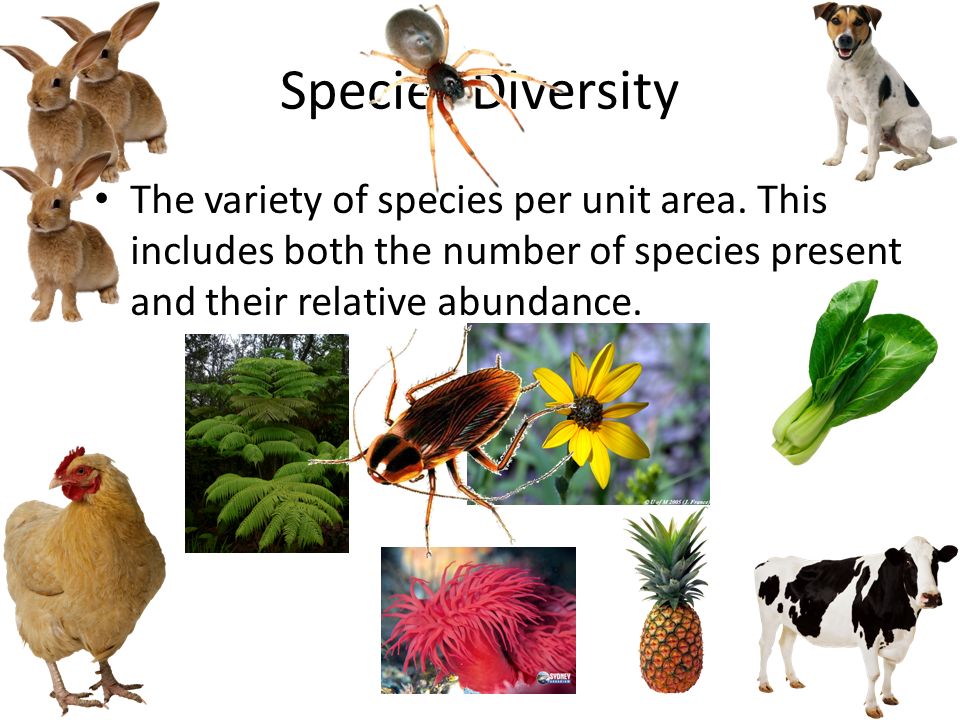
Relative Abundance
Proportion of individuals related to all of the individuals
Interspecific Interactions
Interactions between different species
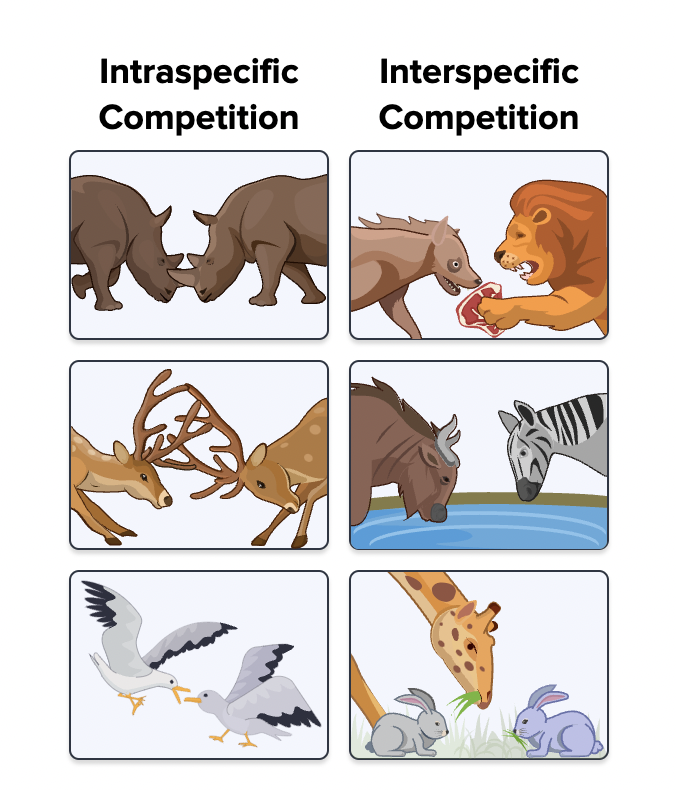
Intraspecific Interactions
Interactions within the same species

Simpson’s Diversity Index
Calculate diversity based on species richness and relative abundance
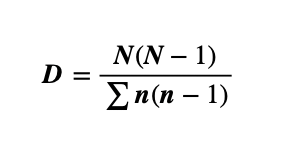
Competition
Species compete/struggle for resources
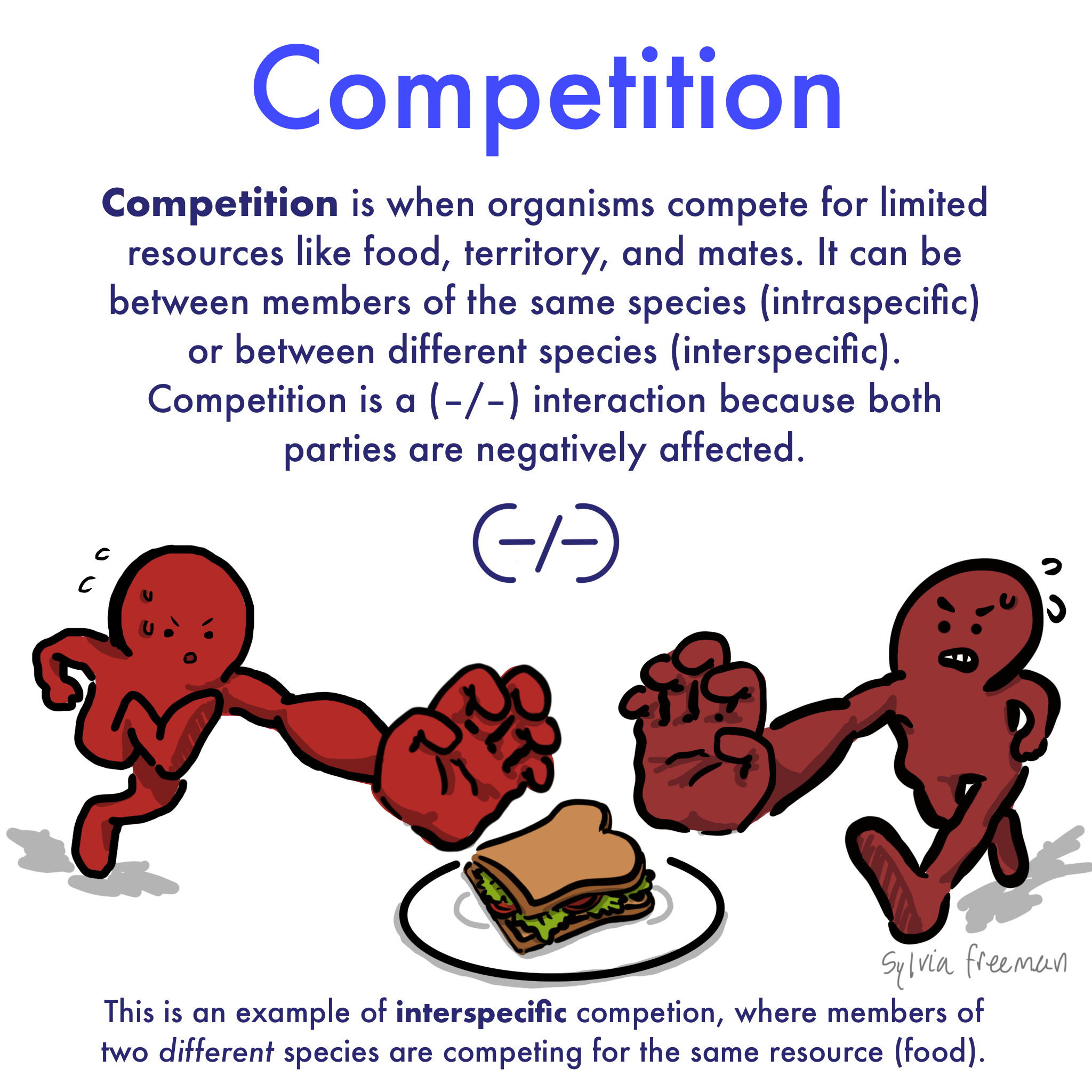
Competition Exclusion Principle
2 competing species cannot coexist permanently
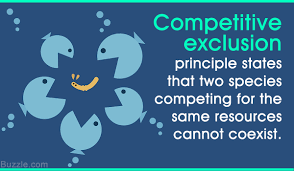
Predation
One lives, one dies
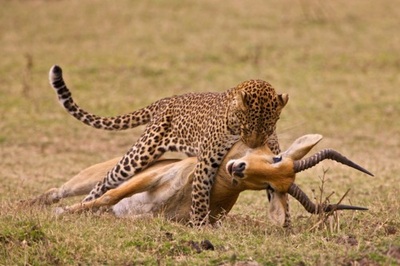
Herbivory
Organism eats plant/algae
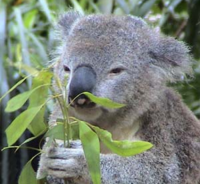
Mutualism
Both species benefit

Commensalism and Facilitation
One-sided benefit. One benefits, the other stays the same (no benefit or loss)
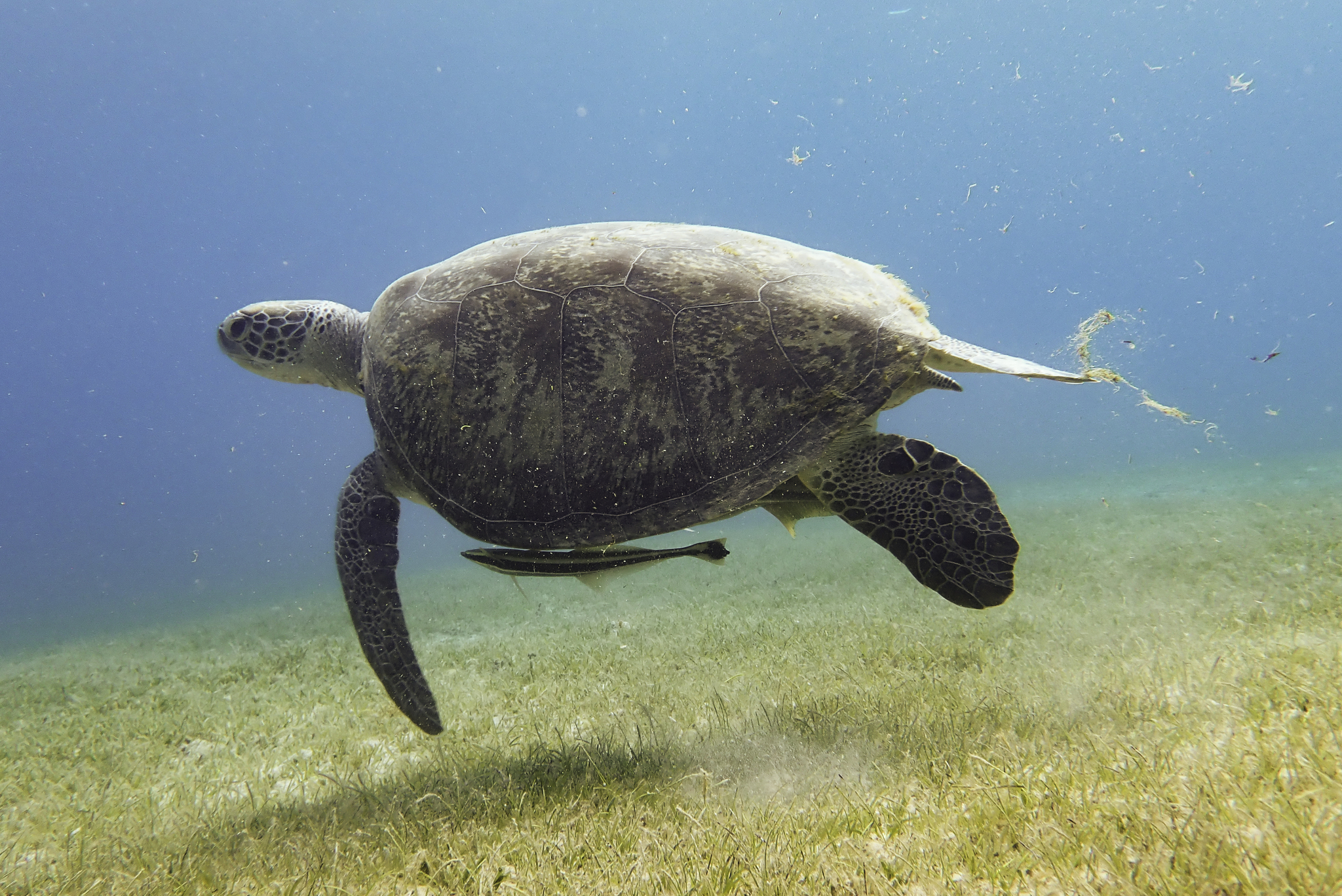
Parasitism
One loss, the other benefits similar to predation but organisms don’t die
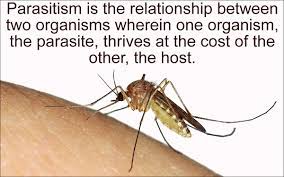
Brood Parasitism
Bird uses other bird to raise its young
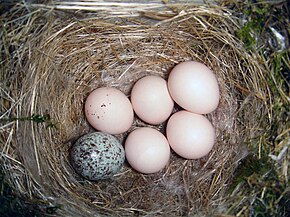
Habitats
Physical areas where organisms live
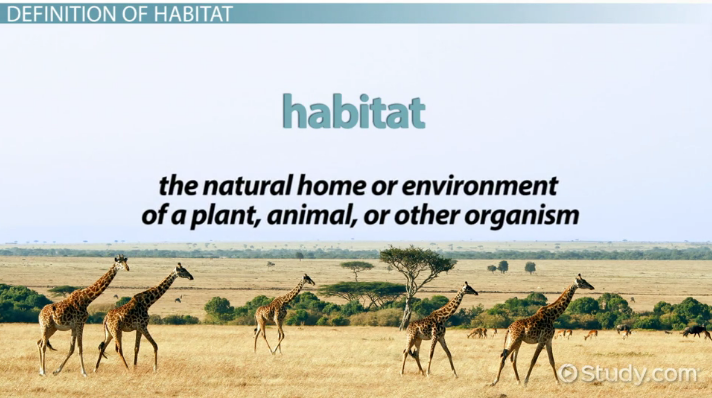
Niches
“Roles” inside habitat
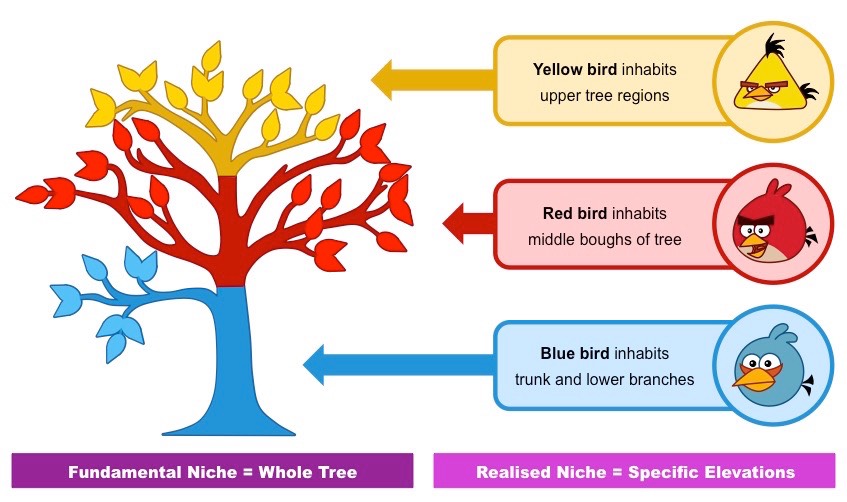
Biodiversity
Variety of many species
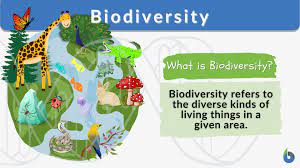
Foundation Species
A species that changes the environment so it can support other organisms in the community
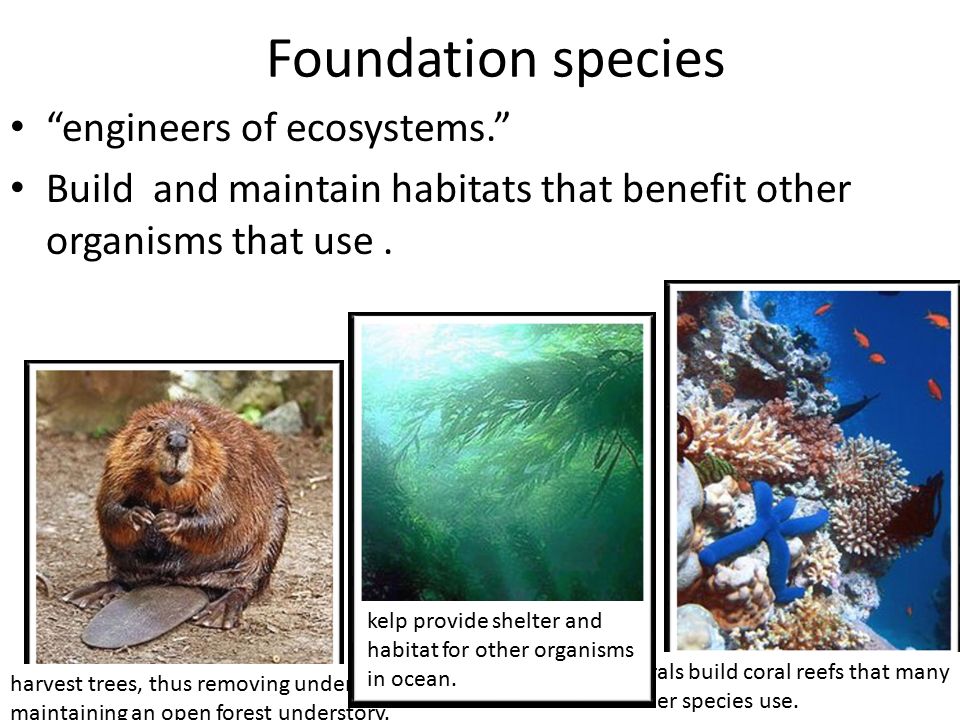
Keystone Species
A species that has an extremely high impact on an ecosystem by changing another population. Removal of a keystone species could cause a collapse of an ecosystem.
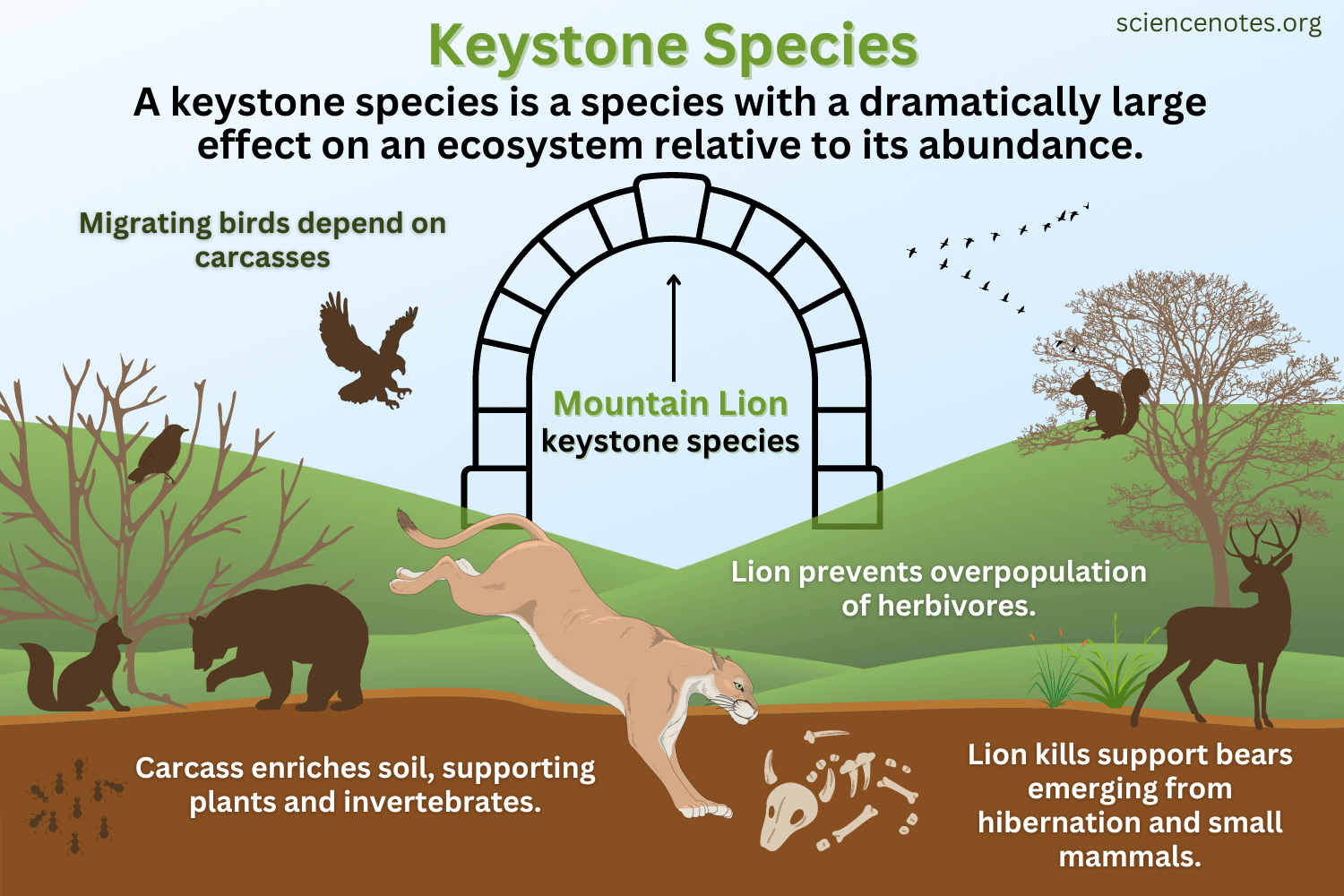
Invasive Species
Species that is introduced to a non-native range and can cause harm or already has caused harm to the new location

Disturbances
An event that changes an ecosystem by removing organisms or changing resource availability
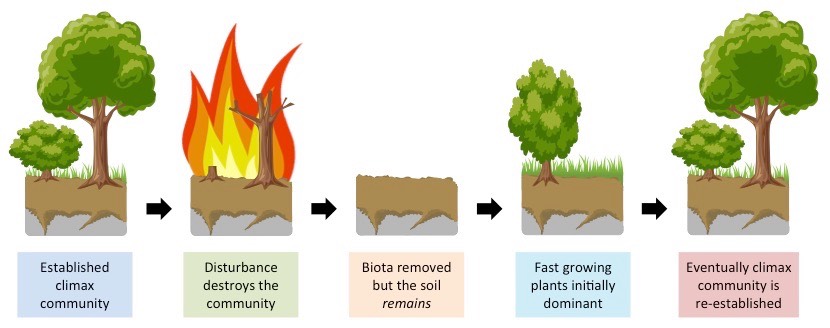
Ecological Succession
Process where specie composition in a community changes over time after a disturbance
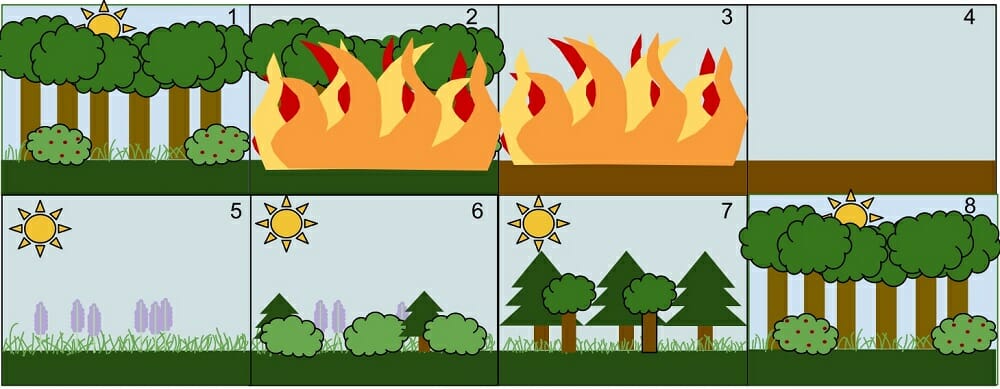
Primary Succession
A series of changes on an entirely new (previously lifeless) habitat that has not been colonized
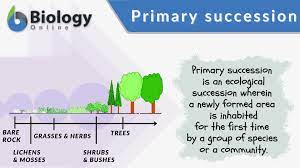
Secondary Succession
A series of changes that clears and existing community, but leaves the soil intact.
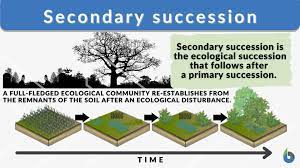
Biotic Factors
The living components (organisms) that shape up the environment.
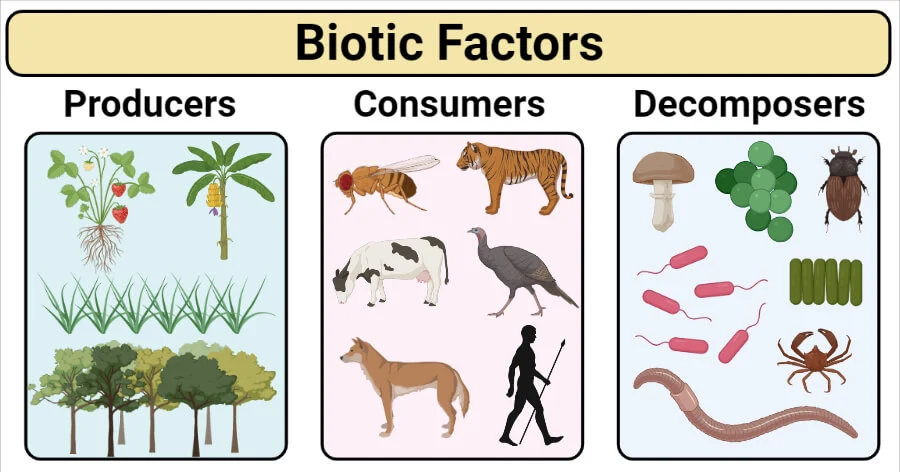
Abiotic Factors
A non-living part of an ecosystem that shapes its environment

Ecosystems
An ecosystem consists of all the organisms and the physical environment with which they interact. (biotic + abiotic factors)
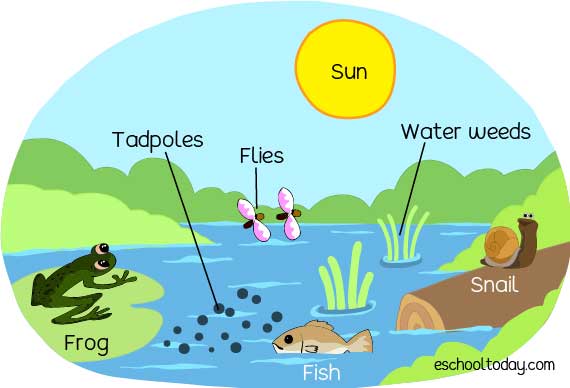
Biogeographical Factors
Latitude and area change specie composition
Pathogens
Disease organisms and viruses
